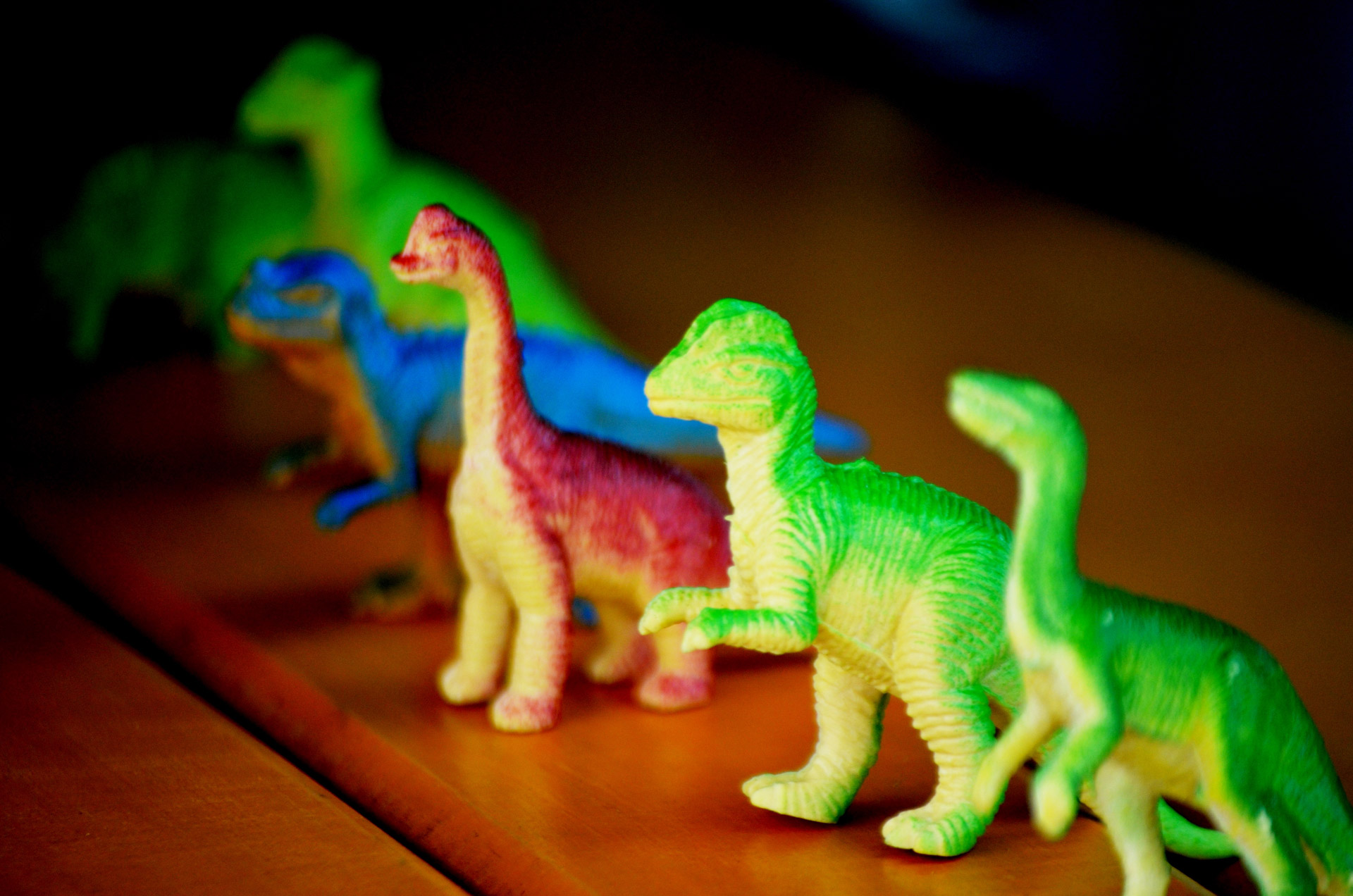Doesn’t stomach acid eat bacteria? Researchers successfully identify the hiding place of H. pylori, a bacteria linked to stomach ulcers, cancer
11/06/2019 / By Evangelyn Rodriguez

The bacterium known as Helicobacter pylori is notorious for its ability to colonize humans and cause stomach ulcers. While an H. pylori infection rarely causes any symptoms, there are some cases where the bacterium causes open sores to form in the stomach or triggers severe inflammation — an event that could eventually lead to gastric cancer.
It is said that about half of the entire human population plays host to H. pylori, but not much is known about how this bacterium manages to colonize and persist inside the human stomach. In a new study published in the journal PLOS Biology, researchers from the U.S. and the U.K. addressed this by investigating the behavior of H. pylori in the stomach of mice. Using high-resolution imaging and mapping techniques, they were able to observe and present a new model of how the bacterium establishes colonies, survives, and thrives in the stomach of living organisms.
Helicobacter pylori: symptoms and complications
H. pylori infections often occur during childhood. The bacterium then remains in the stomach of an infected individual throughout much of his or her life. But unlike other pathogenic bacteria, H. pylori doesn’t cause sickness. In fact, some people naturally have such a high resistance to the bacterium that infection causes them no harm. On the other hand, people who are less fortunate can suffer from ulcers or cancer caused by H. pylori infection.
Because H. pylori infection almost never shows any signs or symptoms, most people don’t realize they are infected until they experience the complications. On the rare occasion that symptoms manifest, they normally include:
- Abdominal pain or a burning sensation
- Bloating
- Frequent burping
- Loss of appetite
- Nausea
- Weight loss
Meanwhile, complications that may arise due to H. pylori infection include:
- Peptic ulcers
- Inflammation of the stomach lining
- Gastric cancer
According to a study, about 75 percent of the global gastric cancer burden and 5.5 percent of malignancies worldwide can be attributed to inflammation and injury caused by H. pylori. Unfortunately, the mechanisms involved in H-pylori-related cancer development are still unknown. (Related: The symptoms and dangers of an H. pylori infection.)
The nature and behavior of H. pylori inside the stomach
Despite the stomach’s high acidity, H. pylori can still survive and even thrive in it for years. People with H. pylori infection are given antibiotics to control the infection, but even these modern drugs cannot completely eliminate the bacterium. After a while, the same bacterial colonies regrow in the stomach. This phenomenon has led scientists to believe that H. pylori has a hiding place somewhere in the stomach where it can safely regenerate after antibiotic treatment.
To further explore this possibility, the researchers used a mouse model that they infected with two strains of the bacterium: one with a green fluorescent marker and one with a red fluorescent marker. Using 3D microscopy and a passive CLARITY technique (PACT) that makes tissue optically transparent, they analyzed the intact stomachs of infected mice and observed where H. pylori chose to settle in that organ.
The researchers reported that H. pylori establishes itself in the stomach by colonizing a specialized microenvironment or microniche deep in the gastric glands. These glands are small branched tubules found in the stomach lining and possess only one entrance, the size of which is just enough to accommodate the bacterium. Once H. pylori has successfully established colonies, it then expands to adjacent glands and starts forming clonal population islands that persist over time.
The researchers observed other interesting things about the bacterium’s behavior. For one, H. pylori populations that form in gastric glands do not mix with free-swimming bacteria in the surface mucus. In fact, gland-associated H. pylori compete for space and prevent other bacteria from establishing colonies in the stomach. The researchers also found that the host’s age upon infection and immune responses influence the bacterial density inside the gastric glands.
Based on their findings, the researchers concluded that H. pylori creates a reservoir inside the stomach by colonizing gastric glands, and this reservoir is what replenishes the population of H. pylori in the stomach after antibiotic treatment and allows H. pylori infection to persist for a very long time.
Sources include:
Tagged Under: bacteria, breakthrough, discoveries, gut health, H. pylori infection, Helicobacter pylori, infections, inflammation, peptic ulcers, research, science, superbugs
RECENT NEWS & ARTICLES
COPYRIGHT © 2017 DISCOVERIES NEWS



















